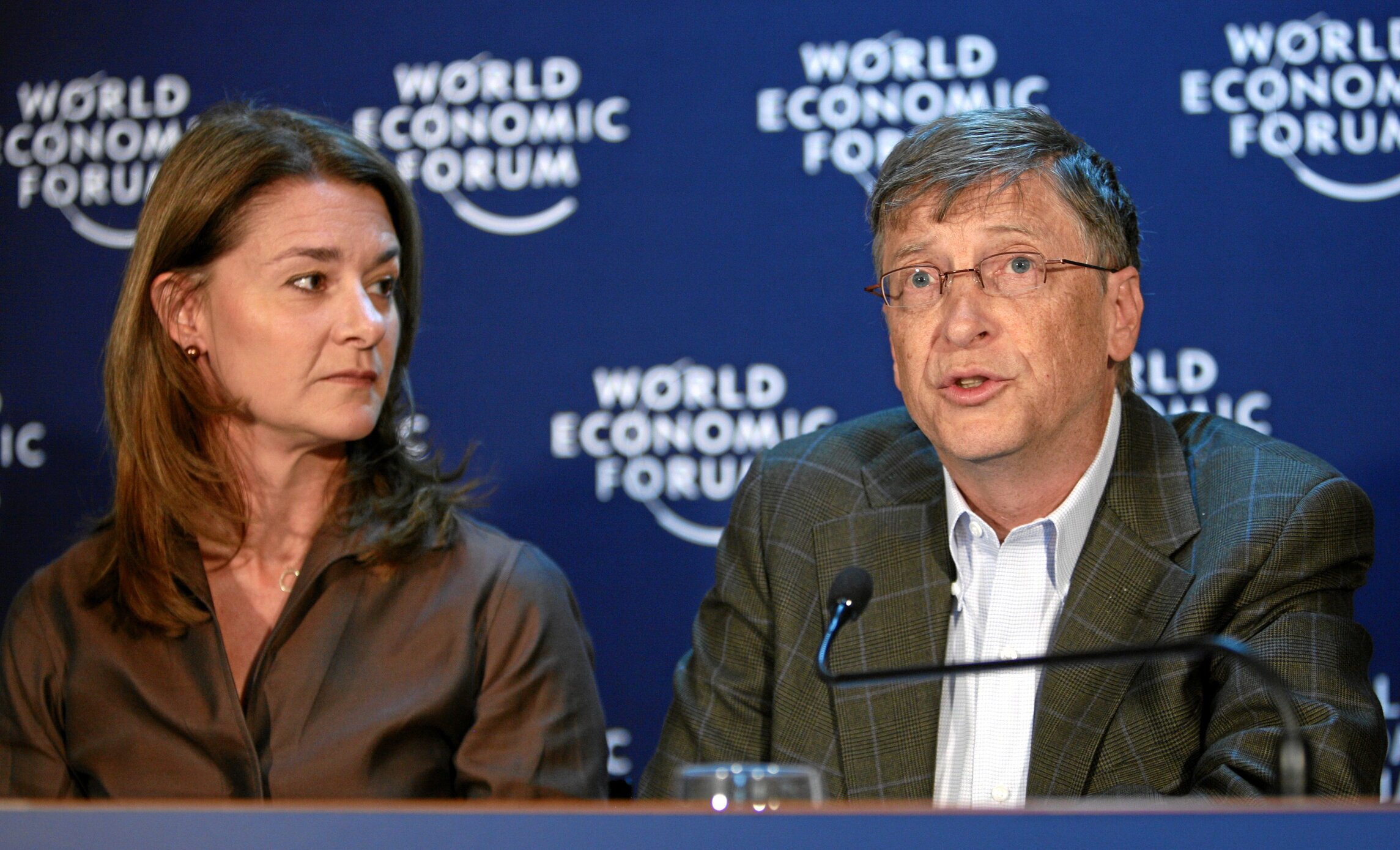How Bill and Melinda Gates Seek to Reverse Declines in the Ranks of Small Donors
/World Economic Forum from Cologny, Switzerland, CC BY-SA 2.0, via Wikimedia Commons
Bill and Melinda Gates—founders of the nation’s wealthiest private foundation—are turning their attention to stopping the exodus from charitable giving by so-called “everyday donors” who make modest and mid-level gifts.
Even as universities and other nonprofits train their fundraising efforts on donors who make the biggest gifts, concern has grown over large numbers of people who once made more modest donations but have stopped giving to charity altogether.
The 2020 “Gilded Giving” report from the Institute for Policy Studies found small donor giving has been declining for two decades. Between 2000 and 2016, the report states, the percentage of households giving to charity went from 66% to 53%. “Top-heavy philanthropy—small-dollar donor declines combined with increasing numbers of ultra-wealthy mega-donors—poses growing risks to the independence of the nonprofit sector, the integrity of the tax system, and the health of our democracy,” the authors state. As Gilded Giving emphasizes, increasing income inequality and wealth accumulation at the top are fueling this trend.
Nevertheless, Bill and Melinda Gates believe large funders can play a role in expanding the “quality and quantity of giving,” and they carry out this work through their foundation’s Philanthropic Partnerships program. Last month, at a virtual Greater Giving Summit sponsored by their foundation, the couple spoke about their motivations in focusing on everyday donors. “We want to double everyday givers,” said Bill Gates. These donors, he said, give “very important” feedback in the nonprofit world. “They are closest to the needs” in communities and know what causes deserve support, he explained.
Asked how to ensure diversity among modest and mid-level donors, Melinda Gates said it is important to measure the composition of this group, a job that she has championed in supporting women’s causes. “COVID has exposed gaps and inequality. We need to measure diversity and see what’s needed.”
To increase everyday giving by donors of the future, including people of color, Melinda Gates pointed to the $120 million donation last year to the United Negro College Fund and two historically black colleges and universities by Netflix CEO Reed Hastings and his wife Patty Quillin, a white couple. If Black students get a good education and find productive careers, the thinking goes, they will be more likely to support charitable causes.
Bill Gates cited a positive development among everyday donors who last year gave a record $2.4 billion via Giving Tuesday, the post-Thanksgiving charitable giving holiday established in 2012. The Gates Foundation, he noted, has given $10 million to support Giving Tuesday. Another sign that everyday givers are active, he added, is Donor’s Choose, an online portal that has enabled small-dollar donors to support some 600,000 needs identified by teachers in classrooms nationwide.
The couple also stressed the importance of digital tools that enable everyday donors to, among other things, learn about worthy causes. As we covered previously, the Gates Foundation has supported nonprofit-rating platforms Charity Navigator and Impact Matters, which merged last year. Gates is also working with IDEO, an international design and consulting firm, on a “Reimagine Charitable Giving” challenge. One goal is finding innovations that make it easier for everyday donors to find and support worthwhile causes.
“While you may hear more about the giving of wealthy philanthropists or large foundations,” according to IDEO, “the everyday giver is one of the largest sources of charitable dollars that fuel the nonprofit sector.”
Melinda Gates spoke about the use of phones in India enabling people to make direct cash transfers to organizations and other individuals, a practice that could motivate generosity by everyday donors in many other countries.
Bill Gates said that he hopes other billionaires will get interested in increasing the ranks of modest and mid-level donors. “We take the nonprofit sector for granted,” he said. “Large funders can see what’s missing.” For example, he said, affluent donors could “fund community foundations that can highlight needs for everyday givers.”
The couple both spoke about parents setting an important example for their children—the future everyday donors—by giving and volunteering.
“My family was involved with United Way and payroll deduction,” said Bill Gates, observing that United Ways have since “faded out” in many parts of the country. “Why is [United Way] stronger in some communities and not others?” he mused. “What improvements need to be made?”









